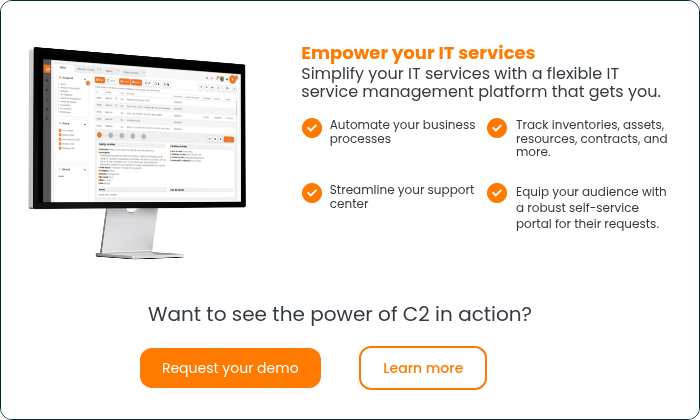When considering the purchase of IT service software, it's important to ask yourself: How should I buy my software licenses? Depending on the product type, the purchasing process can take months or even a year to complete. Throughout this process, you'll be searching for what works best for you, and a clever and practical pricing model can make all the difference. That's why transitioning to a concurrent licensing model is a smart move for your company.
Typically, software licenses are sold under a named user licensing model. This means you pay for access to the software based on the total number of designated users who will be utilizing it. For example, if you have 15 individuals who need access to the system, even if only 5 will use the software daily, you'll still have to purchase 15 licenses. At first glance, this billing method seems simple and straightforward (one license per user), but it can be costly because the client still has to pay the full price for a license, even if a user only interacts with the system once a month.
On the flip side, concurrent licenses operate on a different principle. They charge you based on the number of users connected to the system simultaneously. To illustrate, let's refer back to our example of the 15 users. While all of them still require access to the system, if we determine that there will never be more than 10 users connected simultaneously, we only need 10 licenses to accomplish the same tasks that would have required 15 licenses under the named user licensing model.
The advantages of concurrent licenses
The greatest advantage of concurrent licenses is the incredible flexibility they offer. While they may be slightly more expensive than named licenses (which are easier to implement), they open up a world of possibilities. Let's say your department recently experienced a few retirements, and you've hired replacements. With named user licenses, you would have to purchase new licenses for each new employee, as the licenses of former employees don't transfer. However, with concurrent licensing, transferring licenses is a breeze. While named licenses may seem cheaper initially, concurrent licenses can save you money in the long run.
Another advantage, which may not be immediately apparent, is that you don't have to worry about user accounts or records. Under a named user licensing model, each license is tied to a specific user with a username and password or linked to a particular computer. This can cause issues if a user cannot come to work on an important day or if the computer with the license is out of commission.
However, with concurrent licenses, these problems rarely occur. Licenses are not linked to a specific user or computer. Clients can create as many accounts as they need in the system; all that matters is the number of concurrent or simultaneous users.
Ok. Where's the catch?
However, it's important to exercise caution regarding concurrent licenses as they may not be suitable for everyone or every product type. To ensure transparency, provide all the necessary information. While the price may be higher compared to named licenses, there is also the concept of maximum capacity to consider. Determining this maximum capacity can be challenging for companies. You might choose to purchase fewer licenses to save costs, but this could lead to trouble if the system's demand increases unexpectedly. On the other hand, buying more licenses can protect you from unforeseen situations. Therefore, it is crucial to determine the maximum capacity before finalizing the number of licenses you need.
In general, it's better to use concurrent licenses
Named licenses are still widely popular and available due to their attractive pricing. However, when considering long-term benefits, their inflexibility can make them less appealing compared to more versatile options. One such alternative is the concurrent licensing model, which does not restrict who or what device can use the licenses. Instead, it focuses on meeting the specific usage requirements of the clients.
What are you waiting for to get started?





